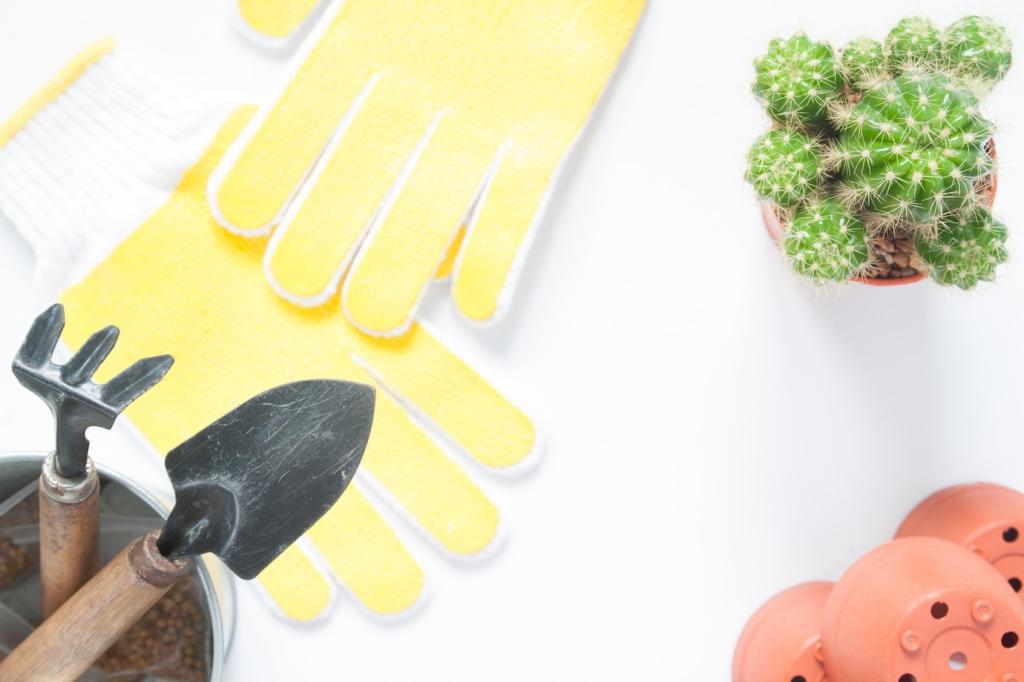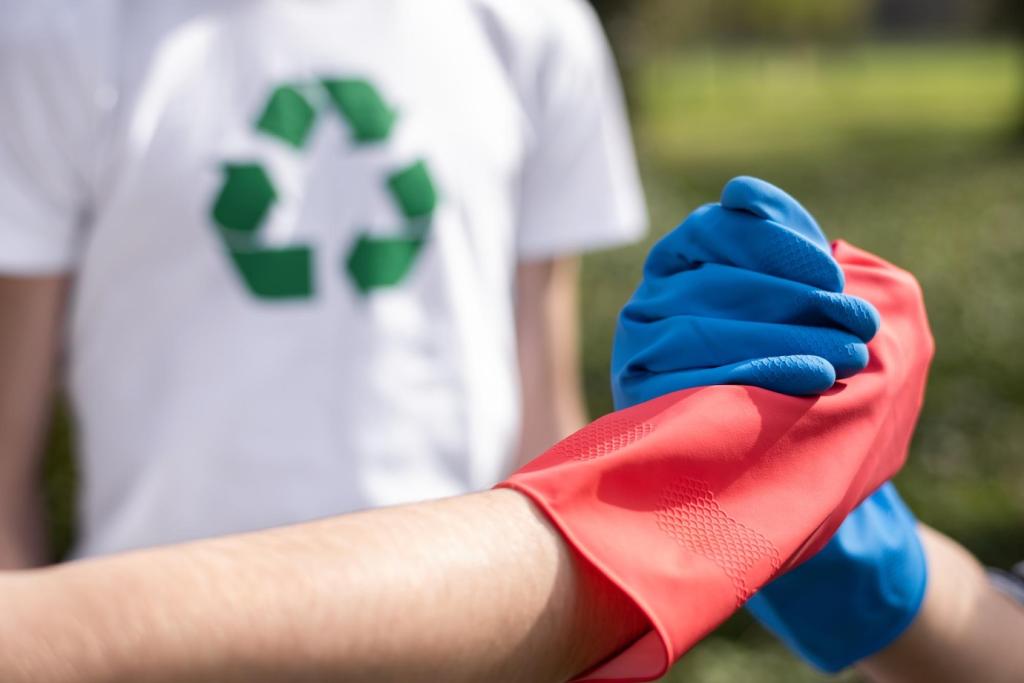Quick Guides for Common Spills
Blot immediately, then mist with the vinegar-water mix and continue blotting. For stubborn stains, follow with a drop of castile soap in cool water. Avoid hot water, which can set tannins. Finish with a dry towel press and airflow to prevent rings and lingering aromas.
Quick Guides for Common Spills
Flood lightly with club soda and blot, then cover with salt to pull pigment. Lift, reapply soda if needed, and blot again. On light upholstery, a tiny peroxide and soap mix can help; test first. Never apply heat until the stain is fully gone to avoid setting.
Quick Guides for Common Spills
Sprinkle cornstarch generously to absorb oils, letting it sit at least thirty minutes before gently brushing away. Follow with a mild soap solution and blot, repeating delicate cycles rather than scrubbing. For lipstick, add a tiny touch of food-grade alcohol, then rinse with distilled water.








